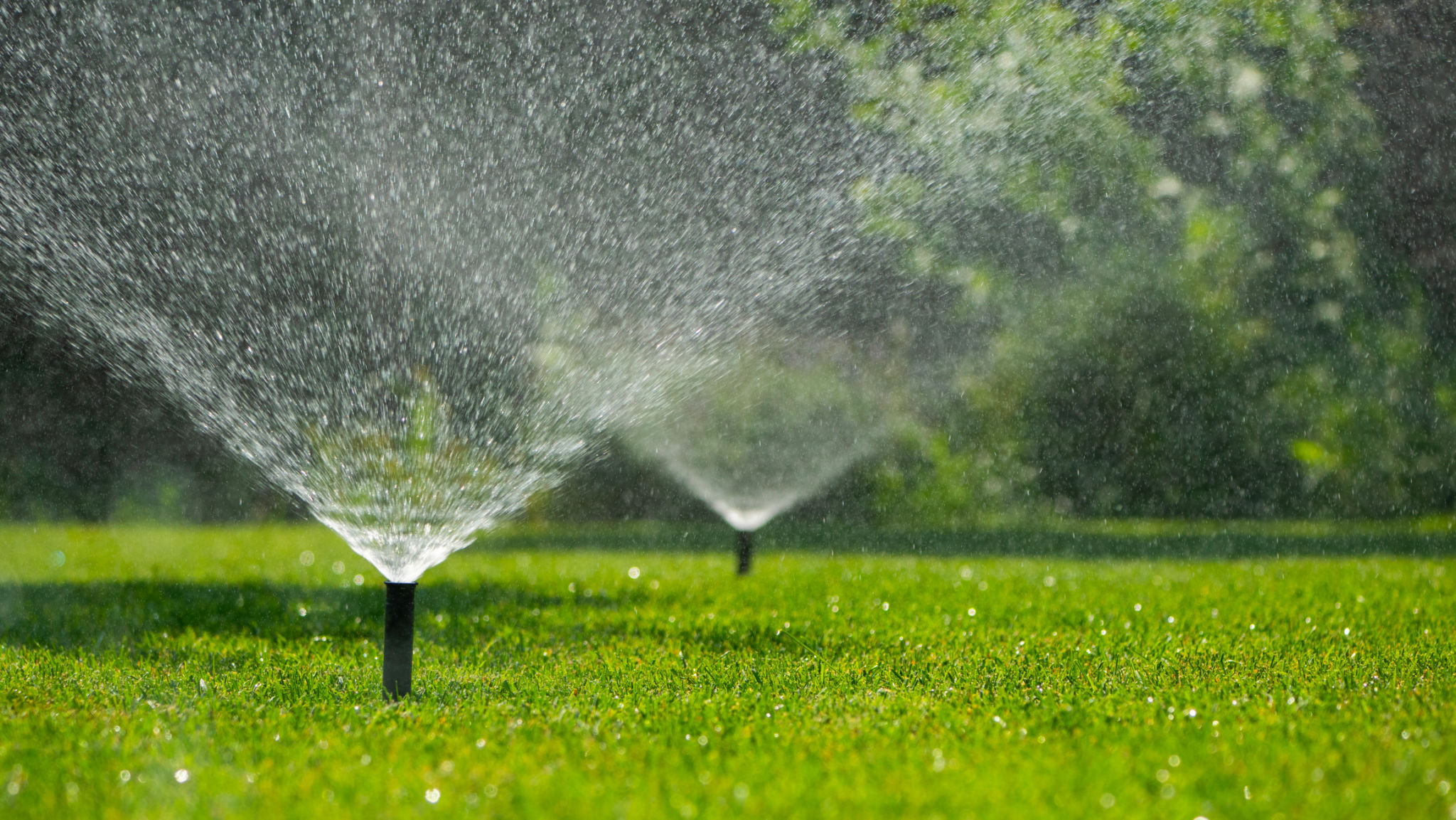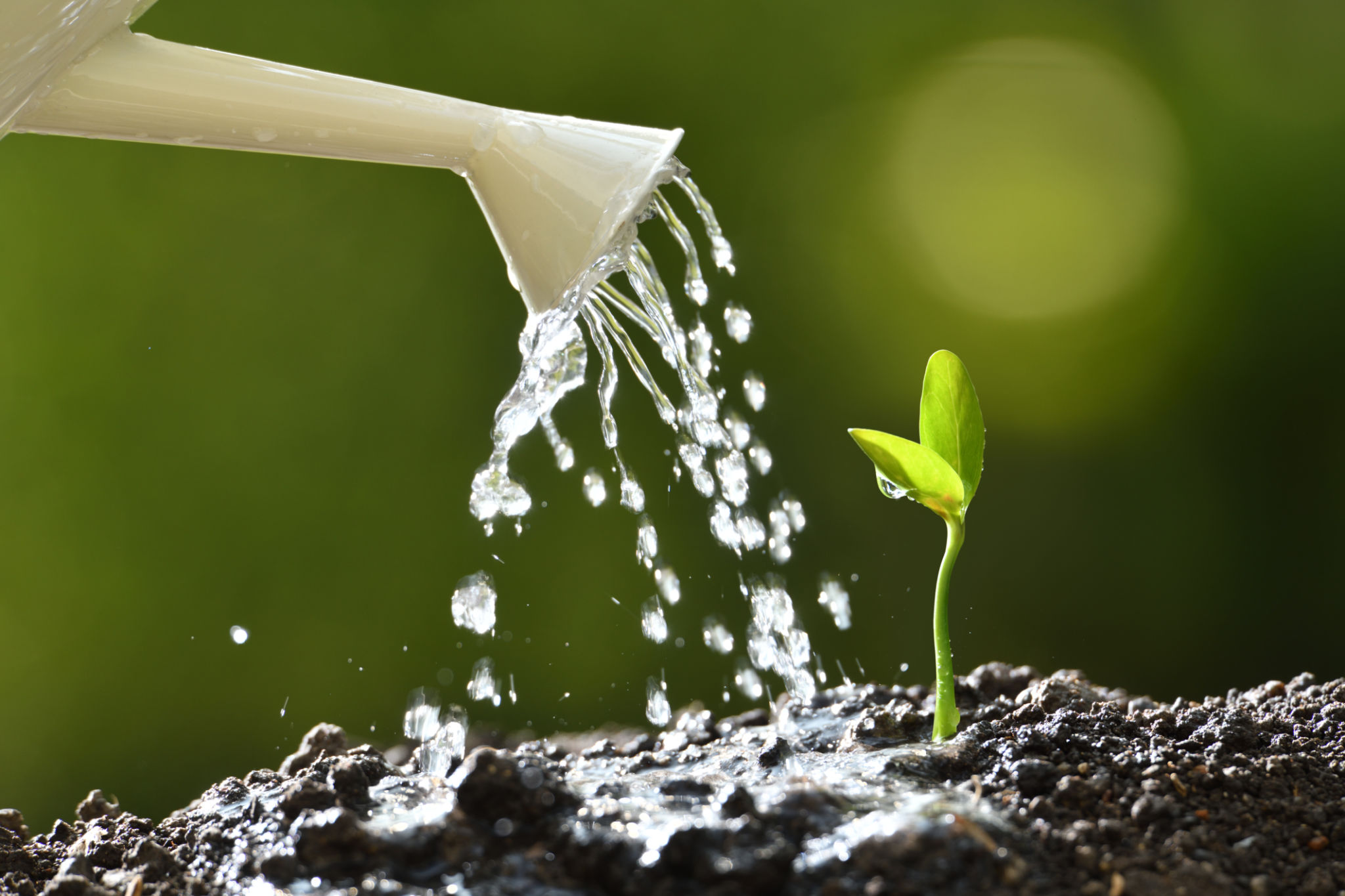DIY Irrigation Systems: A Step-by-Step Guide for Homeowners
Understanding the Basics of DIY Irrigation Systems
For homeowners looking to maintain a lush, vibrant garden without the hassle of daily watering, a DIY irrigation system is an ideal solution. Not only does it save time, but it also conserves water and ensures your plants receive consistent moisture. Before diving into the installation process, it's essential to understand the basics of how these systems work.
DIY irrigation systems can vary from simple drip irrigation setups to more complex sprinkler systems. The primary goal of any system is to deliver water directly to the plant roots, minimizing waste and maximizing efficiency. As you explore your options, consider the size of your garden, the types of plants you have, and your budget.

Planning Your Irrigation System
Before purchasing materials, take some time to plan your irrigation system. Start by sketching a map of your garden, marking the locations of all plants and any existing water sources. This will help you determine how much tubing you'll need and where to place emitters or sprinklers.
Next, calculate the water requirements for each type of plant in your garden. Different plants have varying needs, so it's crucial to understand how much water is necessary to keep them healthy. This information will guide you in selecting the right type of irrigation system and components.
Gathering Necessary Materials
Once you have a plan in place, it's time to gather materials. For a basic drip irrigation system, you'll need tubing, emitters, connectors, stakes, and a filter or pressure regulator. If you're opting for a sprinkler system, you'll need sprinklers, pipes, valves, and potentially a timer.
Visit your local garden center or hardware store to find these materials. Be sure to ask for advice if you're unsure about any components. You might also want to purchase a few extra parts in case of mistakes or future repairs.

Installing Your Irrigation System
With materials in hand, you can begin the installation process. Start by laying out your tubing according to your garden map. Secure the tubing with stakes to keep it in place. Add emitters or sprinklers at appropriate intervals to ensure even coverage across your garden.
If you're installing a drip system, attach emitters near the base of each plant. For sprinkler systems, make sure the spray reaches all necessary areas without overwatering. Once everything is connected, test your system to check for leaks or blockages and make adjustments as needed.
Maintaining Your Irrigation System
Regular maintenance is key to keeping your DIY irrigation system running smoothly. Periodically check for leaks, clogs, or damaged components that need replacement. Clean filters and emitters as needed to ensure optimal performance.
Adjust your system seasonally to account for changing weather conditions and plant growth. In cooler months or during periods of heavy rain, reduce the watering schedule to prevent overwatering and conserve resources.

Benefits of DIY Irrigation
A well-designed DIY irrigation system offers numerous benefits for homeowners. By automating the watering process, you save time and effort while ensuring your garden receives consistent care. Additionally, these systems promote water conservation by delivering moisture directly to plant roots.
Investing in a DIY irrigation setup can also enhance the health and appearance of your garden. With precise water delivery, plants are less susceptible to stress and disease, leading to lush growth and vibrant blooms.
Troubleshooting Common Issues
Despite careful planning and installation, you may encounter issues with your irrigation system. Common problems include leaks, uneven coverage, and clogged emitters or sprinklers. Regular inspection and maintenance can help prevent these issues from becoming major headaches.
If you're facing persistent problems, consider consulting online resources or seeking advice from experts at your local garden center. They can provide valuable insights and solutions tailored to your specific setup.